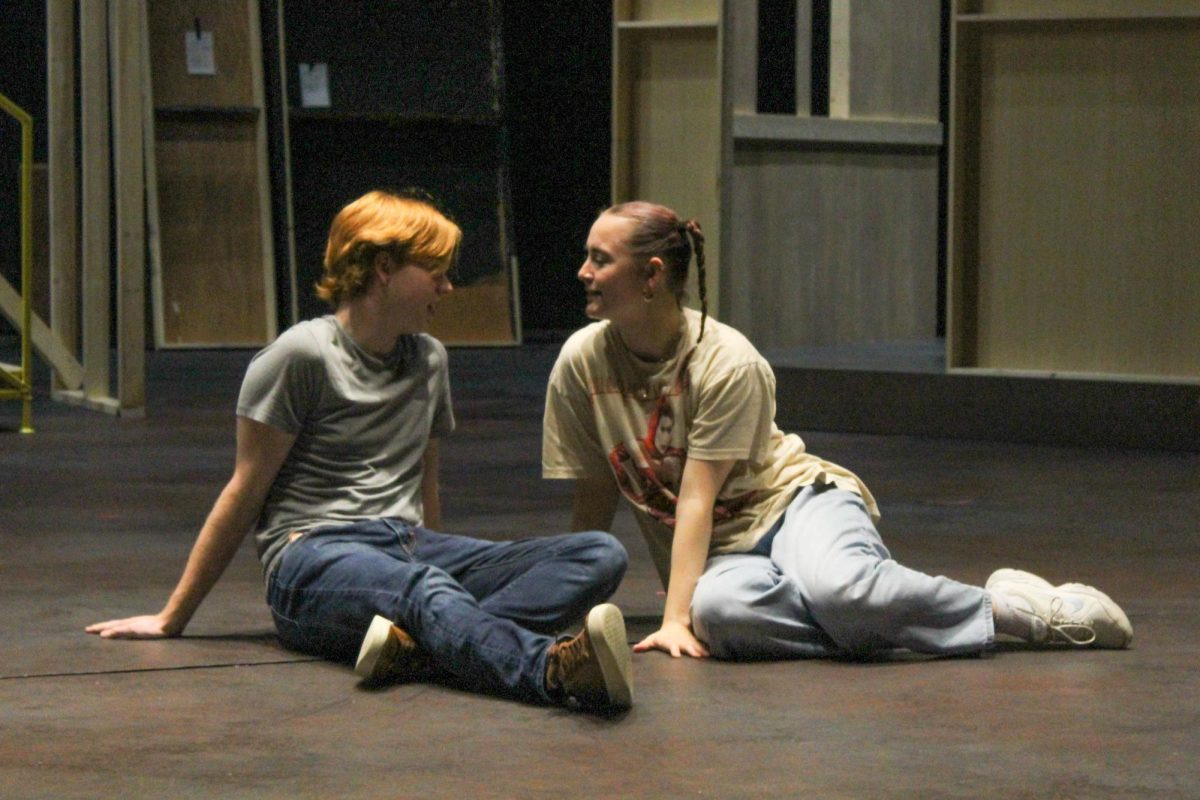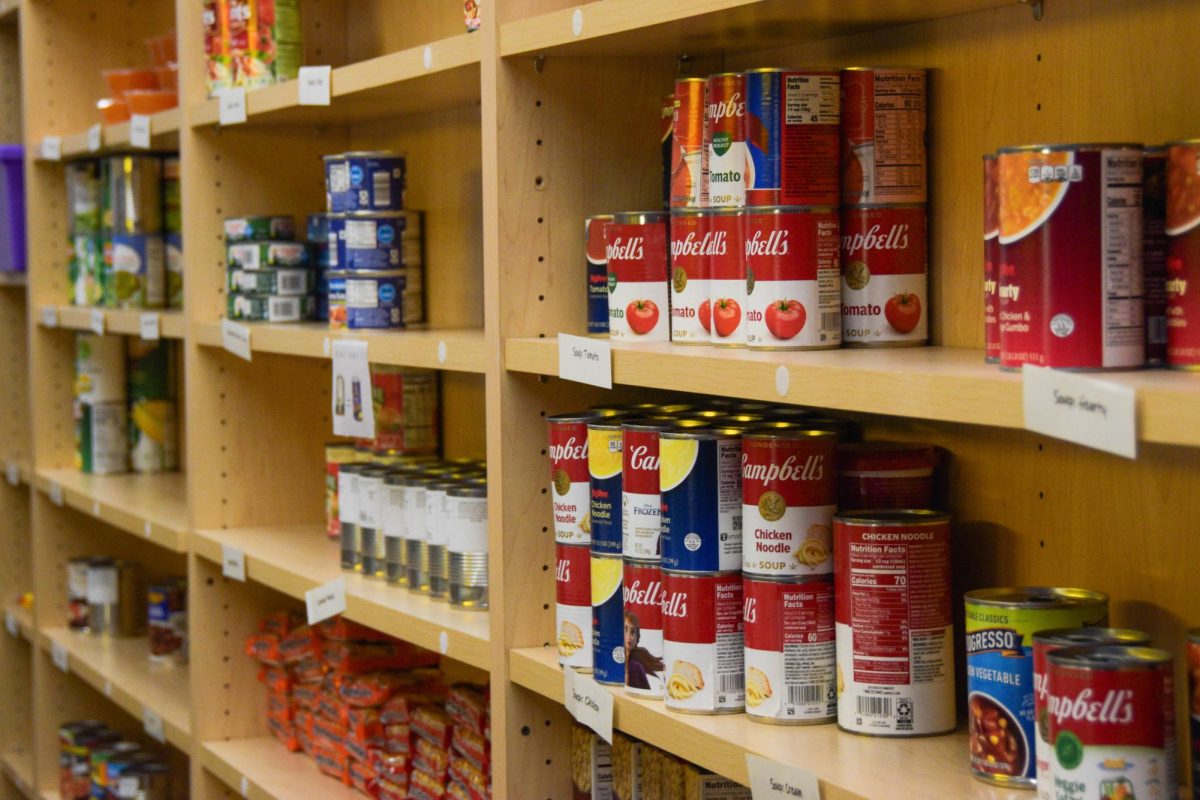Rebecca Mueller/Winonan
Students in a Winona State University chemistry class are working to encourage energy conservation around campus this month as part of the Campus Conservation Nationals.
This year, 187 colleges and universities across the United States and Canada are competing in the event, which began on Feb. 17.
In chemistry 436, Topics in Environmental Chemistry, students are using the event as a class project. The class divided into four groups and chose their topics on a first-come, first-serve basis.
Classmates Thomas Reigstad, Erin Hain and Daniel Scholin are working together to research elevators and energy usage.
“It’s an important piece to the puzzle,” said Reigstad. Elevators do not have as much of an impact as lights or phantom power, but they do have an impact on health.
Two weeks prior to the start of the event, the class started researching Winona State’s energy usage in the residence halls on campus with the help of Facilities Services. The elevators group worked specifically with the elevators in Sheehan Hall. Elevators are used frequently in this 13-story residence hall.
In their research, the group found that 5 watt-hours of energy are spent when one person rides the elevator one floor. This is the same amount of energy required to completely charge a cell phone battery. In one year, the average elevator use is equal to 16.3 metric tons of carbon dioxide and costs $2,400 in energy bills.
As part of the Campus Conservation Nationals, the residence halls are participating in a weekly conservation challenge program.
Each week, the residents will focus on a different aspect of energy conservation. Any resident that meets the challenge can enter a raffle by telling a desk assistant or resident assistant how they met the weekly challenge. Week 4 of the program will focus on elevator usage.
“We don’t want to limit this to just dorm residents,” said Jeanne Franz, the chemistry professor who teaches chemistry 436.
Students who live in off-campus apartments can participate in the conservation challenge as well.
Students often choose to take the elevator because they are already carrying heavy textbooks, and they don’t want to exert more energy going up the stairs. Claudia Bergaus and other students opt to take the stairs instead in order to get some exercise.
“I try to make that effort to get that little bit of exercise in,” said Bergaus. As a senior majoring in English literature, many of her classes are on the third floor of Minne Hall and require several large textbooks. Rather than trying to find extra time to go to the gym, she tries to fit exercise into her daily routine.
Reigstad believes that the conservation challenge will be most effective on the long-term scale.
His group has found that reducing elevator usage has more benefits for an individual’s physical health than it does for the energy usage of a building. For example, taking the stairs instead of the elevator can increase metabolism.
During the Campus Conservation Nationals, data supplied by Facilities Services will be displayed at www.buildingdashboard.net/winona. The data can be sorted according to each residence hall.
Individual students and faculty can make commitments such as using a power strip to completely shut off multiple appliances when not in use, taking the stairs instead of the elevator or turning off the lights in hallways and lounges at night.
As of Feb. 23, 423 total commitments have been made.
Contact Rebecca at [email protected]


































































